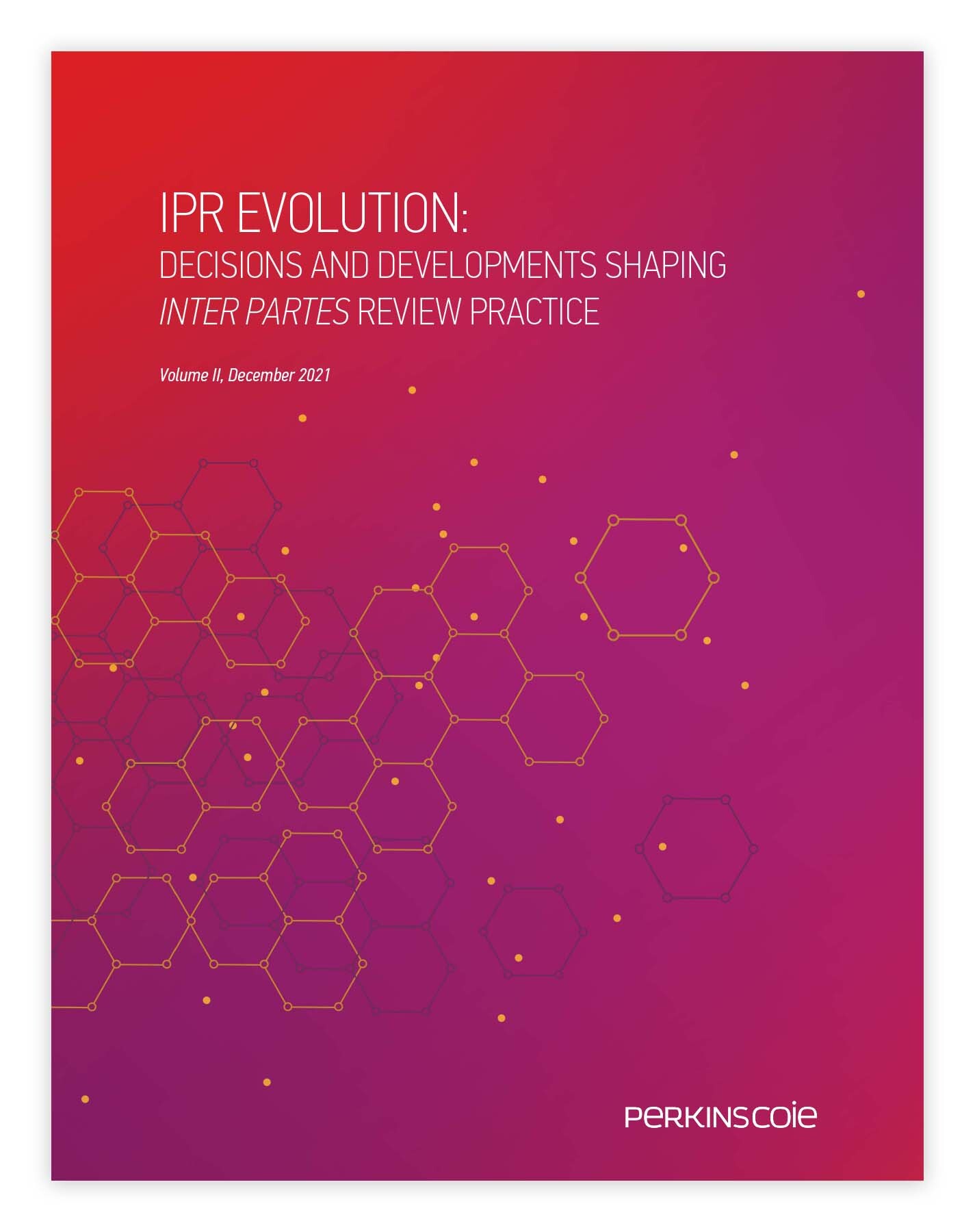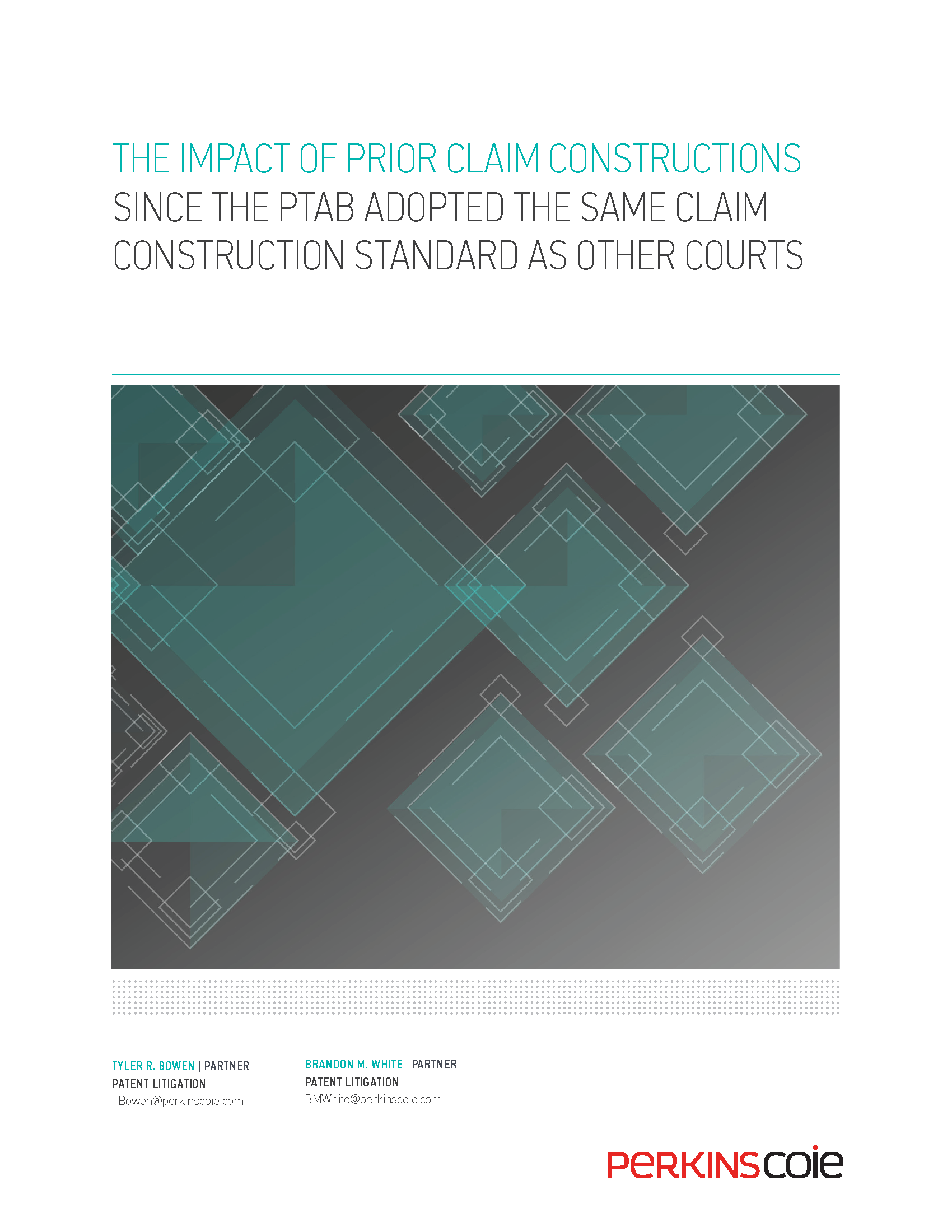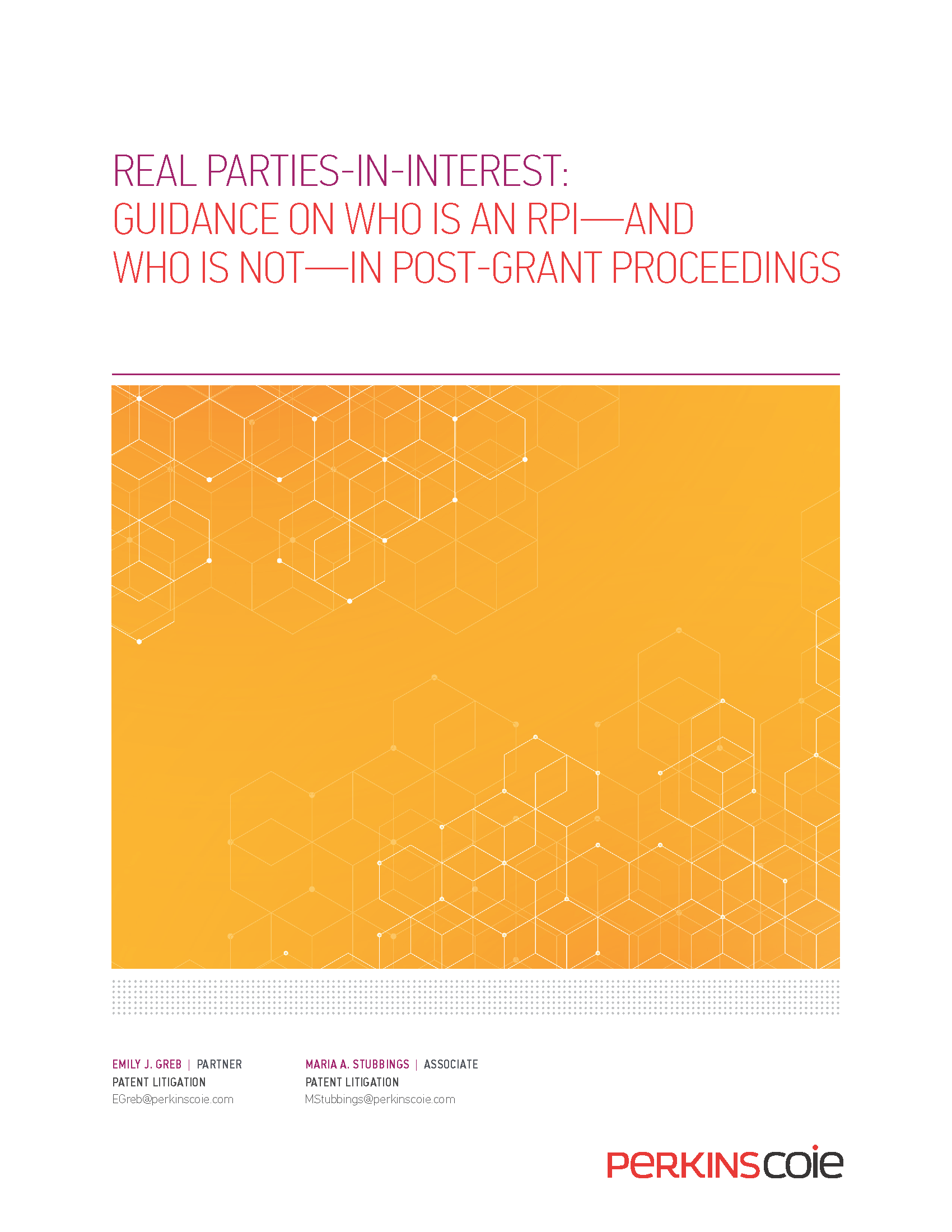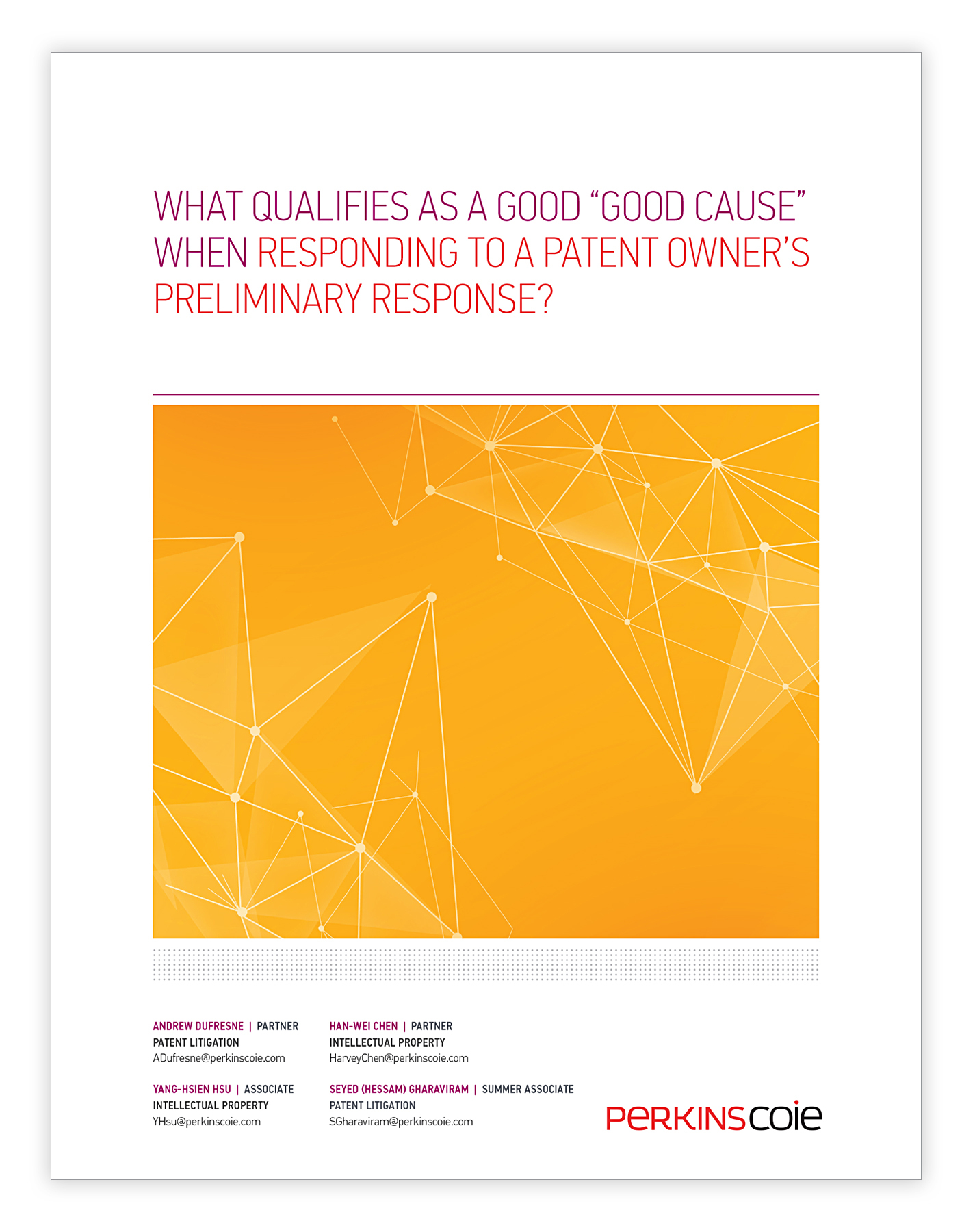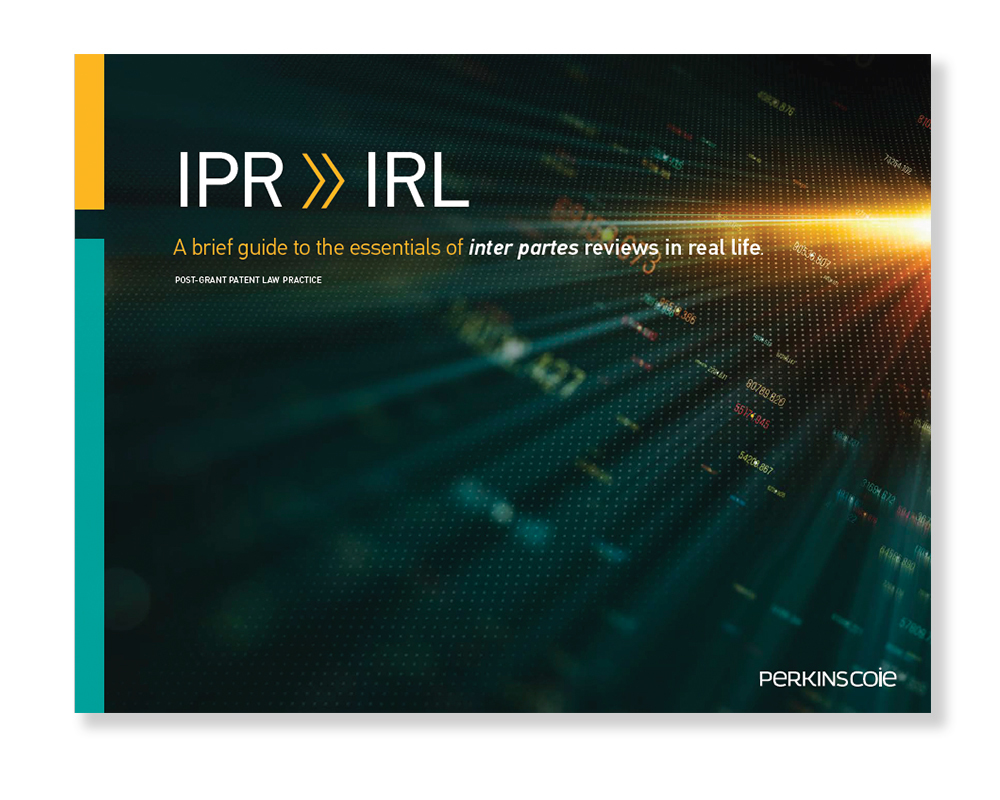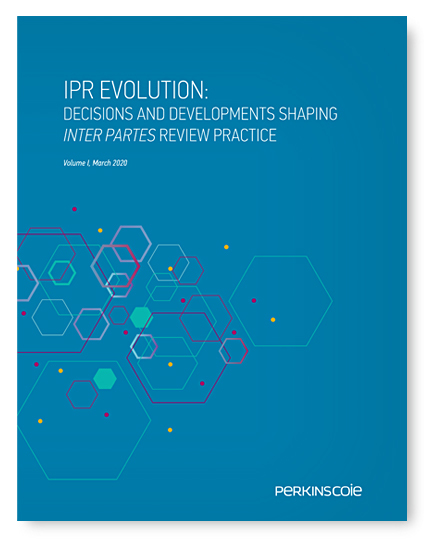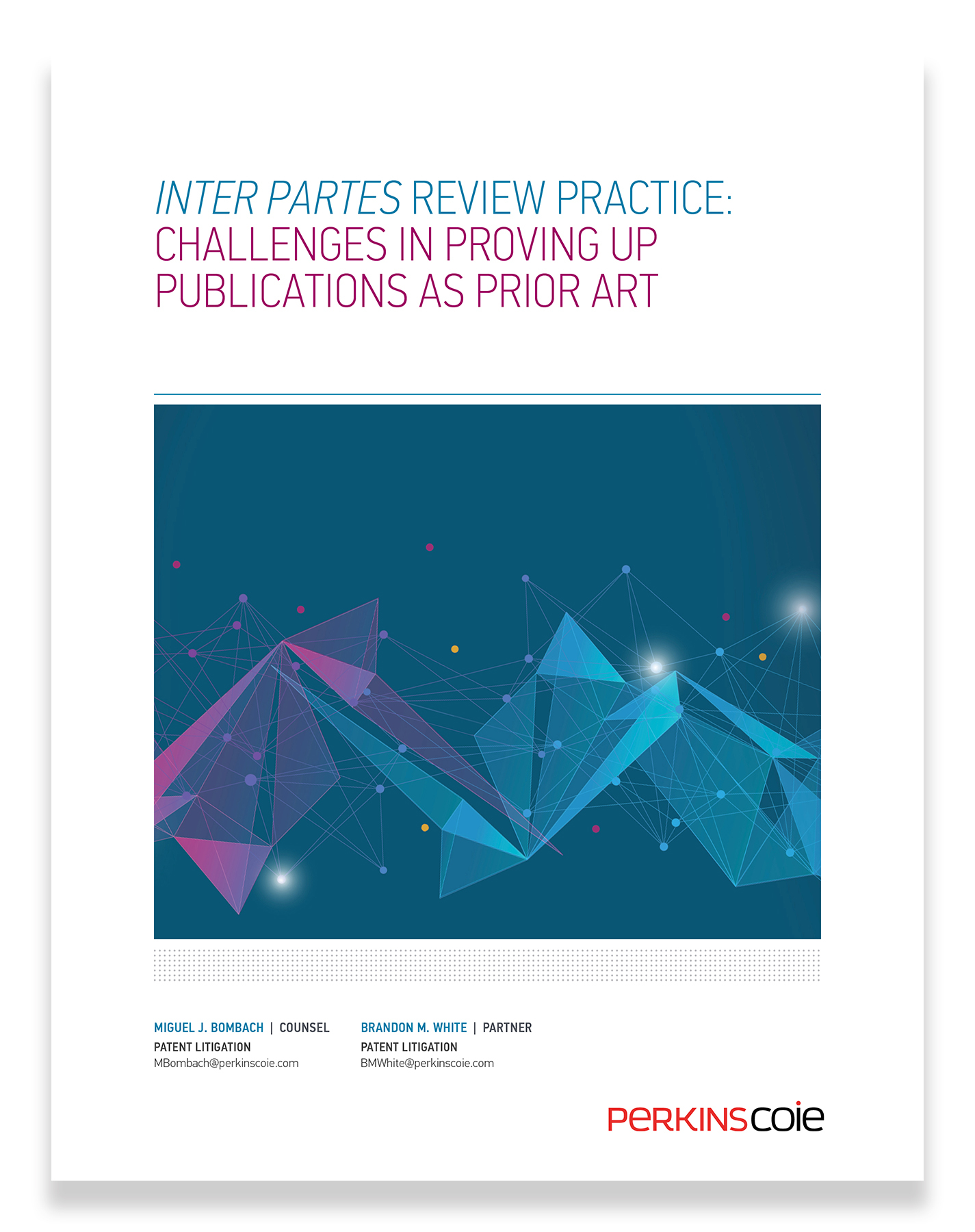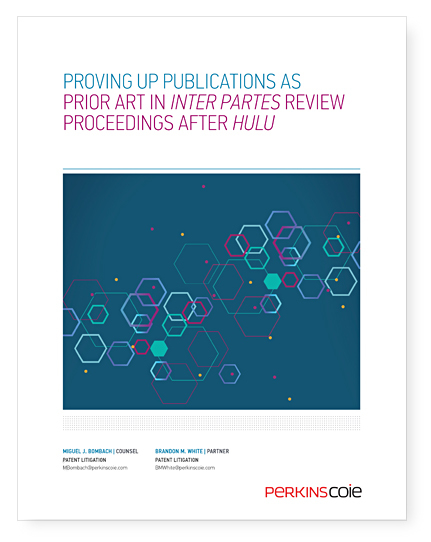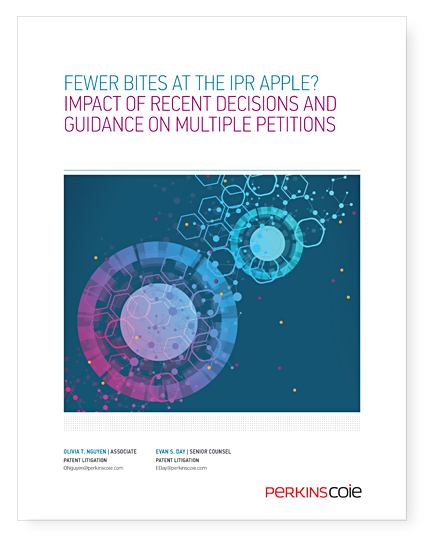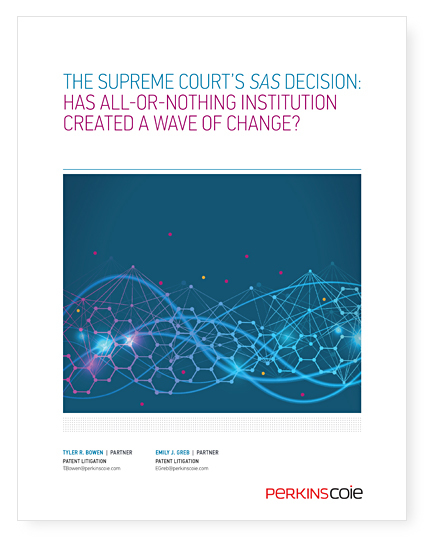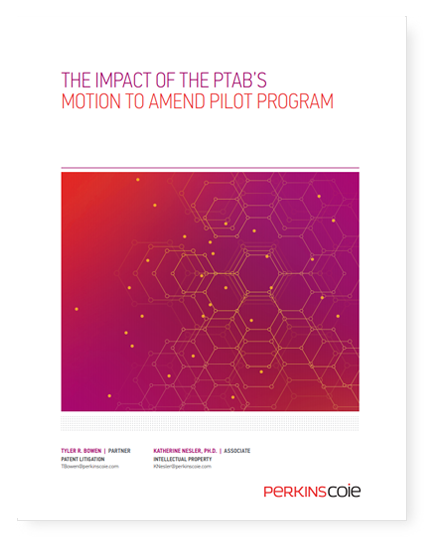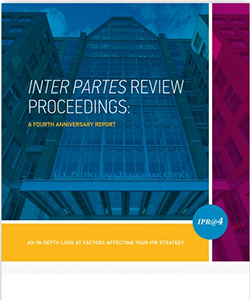Welcome to Perkins Coie’s post-grant resource library. Explore in-depth analysis, original research, and guides on the developing procedures for challenging the validity of a patent granted by the U.S. Patent and Trademark Office.
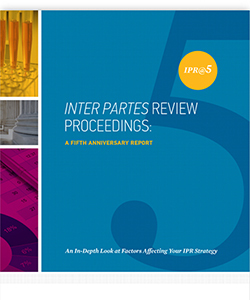 |
IPR@5: Fifth Anniversary ReportA reflective analysis into five years of IPR practice. |
|
|
|
IPR@4: Fourth Anniversary ReportAn in-depth look at factors affecting your IPR strategy. |
|
|
|
||
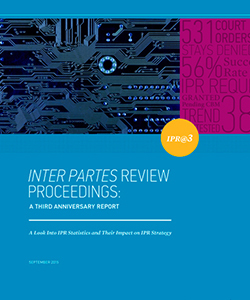 |
IPR@3: Third Anniversary ReportA look into IPR statistics and their impact on IPR strategy. |

Significant Patent Decisions and Developments Affecting the Life Sciences Industry
Perkins Coie’s Life Science Legal Report blog reports from the intersection of the life sciences industry and key decisions and developments from the Patent Trial and Appeal Board (PTAB), district courts and appellate courts. We focus on IP analyses and insights within a practical and actionable context.




